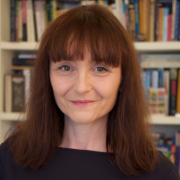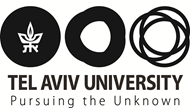

Prof. Galit Yovel
The ability to recognise people is essential for intact social functioning. Faces, bodies and voices are fascinating stimuli that convey very rich perceptual and social information. In our lab we try to understand how the perceptual, cognitive and social systems work together in order to perform the computationally challenging task of person recognition. To that end, we perform behavioural and neuroimaging experiments as well as use visual and language deep learning algorithms – to unravel the mechanisms that enable humans' remarkable performance in this complex task. Understanding these mechanisms goes beyond person recognition and may shed light on general processes of learning and memory and how . social/conceptual and perceptual information interact to enable recognition of complex categories that convey rich information.
Cognitive Neuroscience
Computational & Theoretical Neuroscience
Imaging Research
- Abudarham, N., Shkillera, L., & Yovel, G. (2019) Critical features for face recognition. Cognition 182, 73-83
- Freiwald, W., Duchaine, B. & Yovel, G. (2016). Face Processing Systems: From Neurons to Real-World Social Perception. Annual Review of Neuroscience Vol. 39: 325-3
- Duchaine, B. & Yovel, G. (2015). A Revised Neural Framework for Face Processing. Annual Review of Vision Science. 1:393?416
- Yovel, G., Grosbard, I., & Abudarham, N. (2023). Deep learning models challenge the prevailing assumption that face-like effects for objects of expertise support domain-general mechanisms. Proceedings of the Royal Society B, 290(1998), 20230093.
- Shoham, A., Grosbard, I. D., Patashnik, O., Cohen-Or, D., & Yovel, G. (2024). Using deep neural networks to disentangle visual and semantic information in human perception and memory. Nature Human Behaviour, 1-16.

